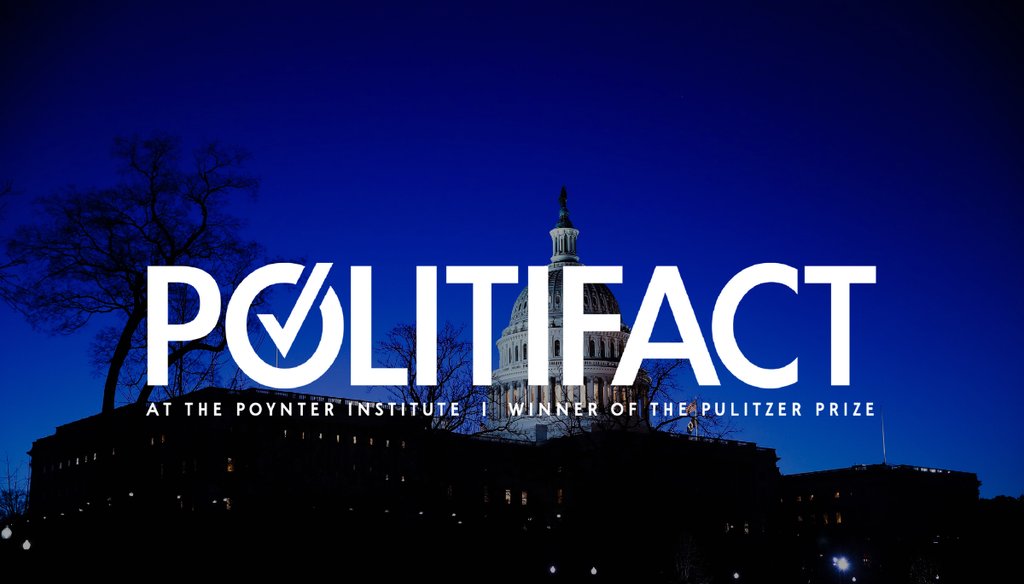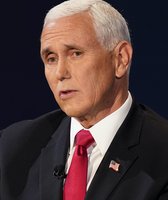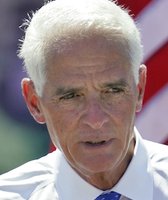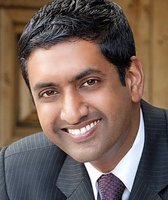Stand up for the facts!
Our only agenda is to publish the truth so you can be an informed participant in democracy.
We need your help.
I would like to contribute

(AP)
PolitiFact has developed many strategies for fact-checking over the years. But one simple tool remains tried and true: the checklist. We find that using a checklist — a simple yet consistent list of search strategies — reduces errors and increases the comprehensiveness of our fact-checks.
Here’s our latest version of a fact-checking checklist and how we use it to sort out fact from fiction.
When PolitiFact fact-checks a politician or advocate making a claim, we start by directly asking them for their evidence. We either contact the person directly or send an inquiry to their press secretary, spokesperson or attorney to ask for the specific basis for their claim.
When fact-checking viral images or online claims, we don’t know who the actual speaker is. In those cases, we look at the information carefully. Sometimes a viral image includes a citation or fine print with its sources. Political ads on TV often include small type with sourcing information.
Typically, a claim is not fabricated entirely out of thin air. Evidence from the person or group making the claim is a good place to start a research strategy.
Sign up for PolitiFact texts
Thanks to the proliferation of fact-checking, it’s rare to find a topic that’s never been fact-checked. Earlier fact-checks will provide sources that can then be independently confirmed. In some cases, the previous work provides important background for seeking new information. Fact-checks on similar topics provide good pointers to experts or other evidence. Google’s Fact-check Explorer is a great tool to use because it focuses Google’s search engine on stories by established fact-checkers.
PolitiFact has a database of more than 18,000 previous fact-checks going back to 2007. Other fact-checkers we read are the Washington Post Fact Checker, Factcheck.org, and members of the International Fact-checking Network.
It’s always good to do a very basic search via Google when doing a fact-check. We want to be sure we’re seeing what most people see when they’re searching for the same information.
But the best information doesn’t always surface with a simple search, especially for claims on obscure topics. That’s when it’s time to try advanced searches and multiple search engines. On Google, advanced searching might include limiting a search to a specific phrase, number or language. We learn Google’s common search operators so we can look by file type (filetype:pdf) or domain name (site:politifact.com). Other search engines like Bing or DuckDuckGo may highlight different search results.
We don’t settle for just typing in just one or two queries; we try multiple search terms and strategies. If we’re searching for something about climate change, for example, we search "climate change," "global warming," "carbon emissions," "carbon capture," "electricity," "EPA regulations," and "extreme weather."
There’s an entirely different search strategy we use when fact-checking images and video. For photos, we do a reverse image search via Google or use a specialized search site like TinEye. For video, we like InVid.
It’s important to remember that not all information shows up on a Google search. Some information can be found only inside specialized databases and behind paywalls.
Looking for who’s made political contributions? You’ll need to go to the Federal Election Commission or to OpenSecrets.org. Need to search what was in a specific newspaper 15 years ago? You’ll have to go to the newspaper’s own archives or try the Nexis database. Need to know who’s behind a specific website? Try ViewDNS.info. If you’re looking for information that doesn’t seem to be there anymore, try the Internet Archive’s Wayback Machine.
(Universities often offer students Nexis access. Local libraries offer access to other subscription-only databases with a library card number and a pin code.)
We keep in mind that new databases are coming online all the time, so we’re always double checking to see what might be new.
Human expertise is an important safeguard against misinterpreting data and evidence. We turn to experts for complicated topics and for help with technical material. Some scientific topics are so complex that only experts can point the way to solid conclusions.
We find experts by searching university websites or seeing who other reputable journalists have consulted. We do our best to find the right expert for what we’re fact-checking. We ask questions like, "Is there anyone whose opinion you respect that might disagree with you?" or, "Is there anyone you would recommend who’s considered the authority on this issue?" We take special care with issues that are highly politicized.
Experts are human beings too, and sometimes get dug in on their own positions. Ideally, though, experts point us to greater nuance and understanding.
Books can be fantastic sources of information even if we don’t have time to read a whole book. Books can address a topic in depth, and we can browse relevant chapters. We regularly track down book authors and interview them as experts.
Amazon’s "search inside the book" function helps us look up quotes, dates or technical terms. The website WorldCat.org points us to specific books in local libraries. Librarians are search experts who we consult about other avenues of exploration.
If we’ve followed the steps above, we now know a lot more about the question we’re researching than when we started. It’s now time to ask: "Where haven’t I looked? Whom else could I talk to? What other angle should I be considering?" Taking a few minutes for a final review or taking a moment for an imaginative break-through can make all the difference.
Editor’s note: This report is an updated version of a story we first ran in 2014.
Our Sources
PolitiFact























































